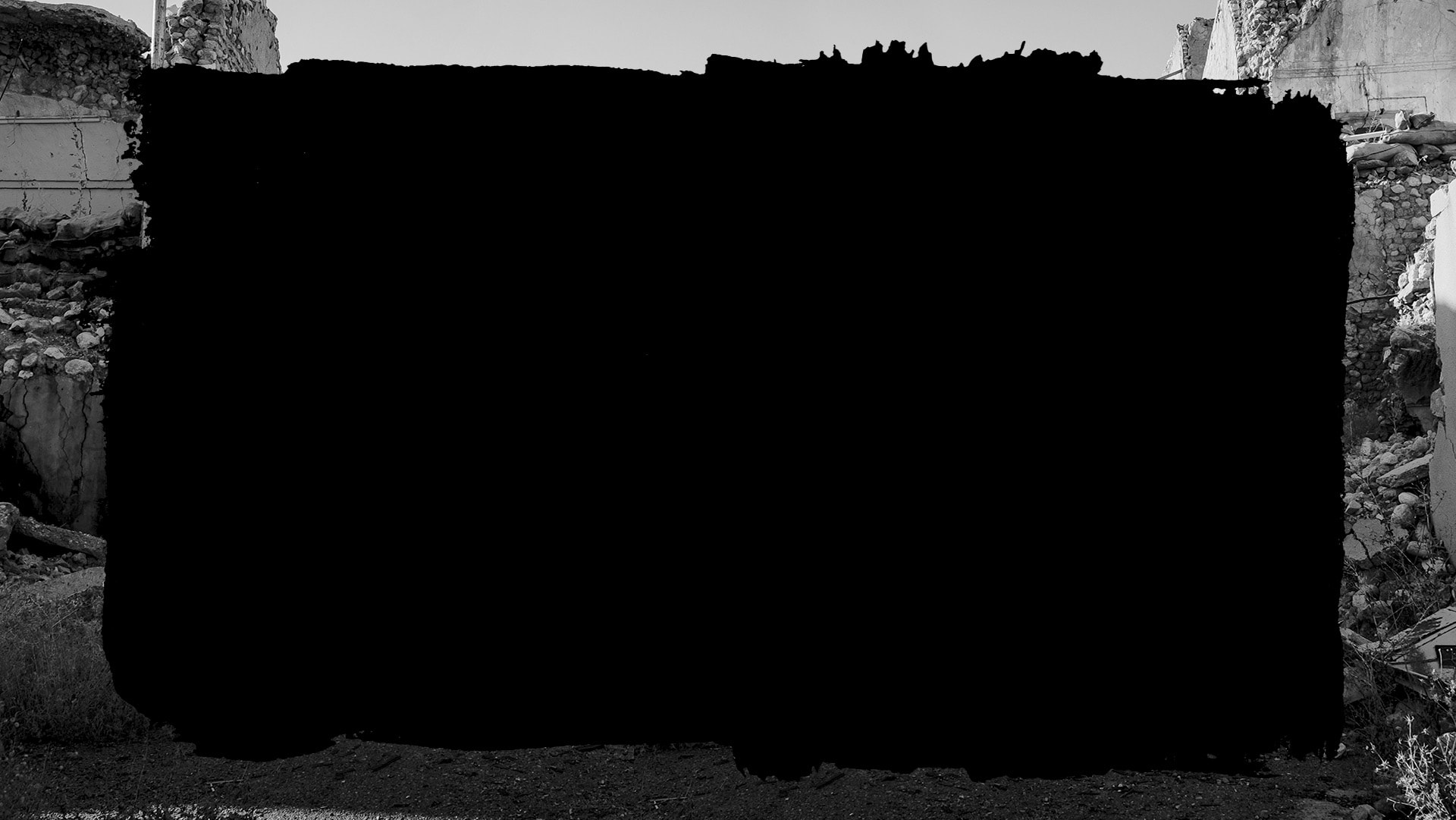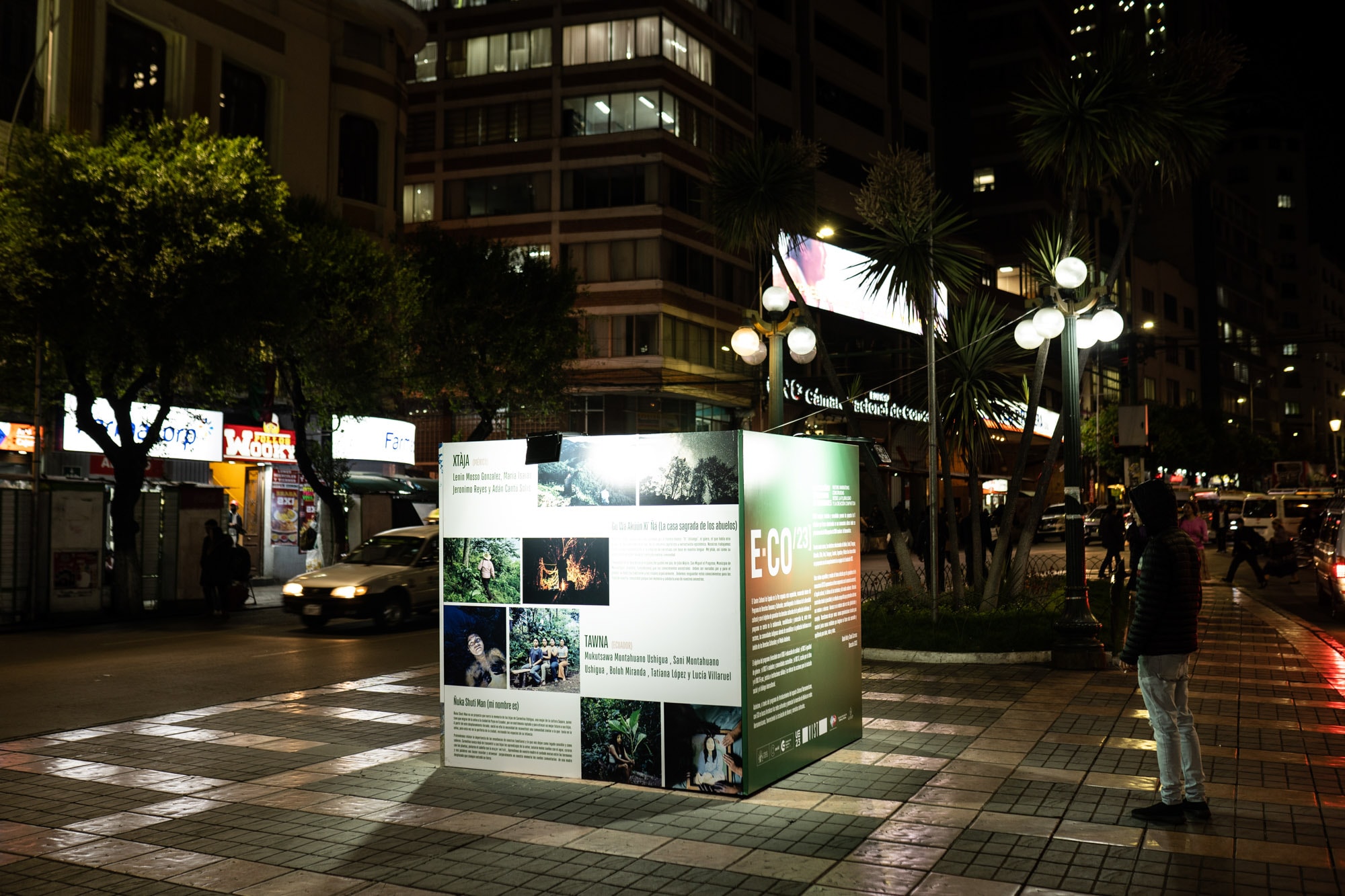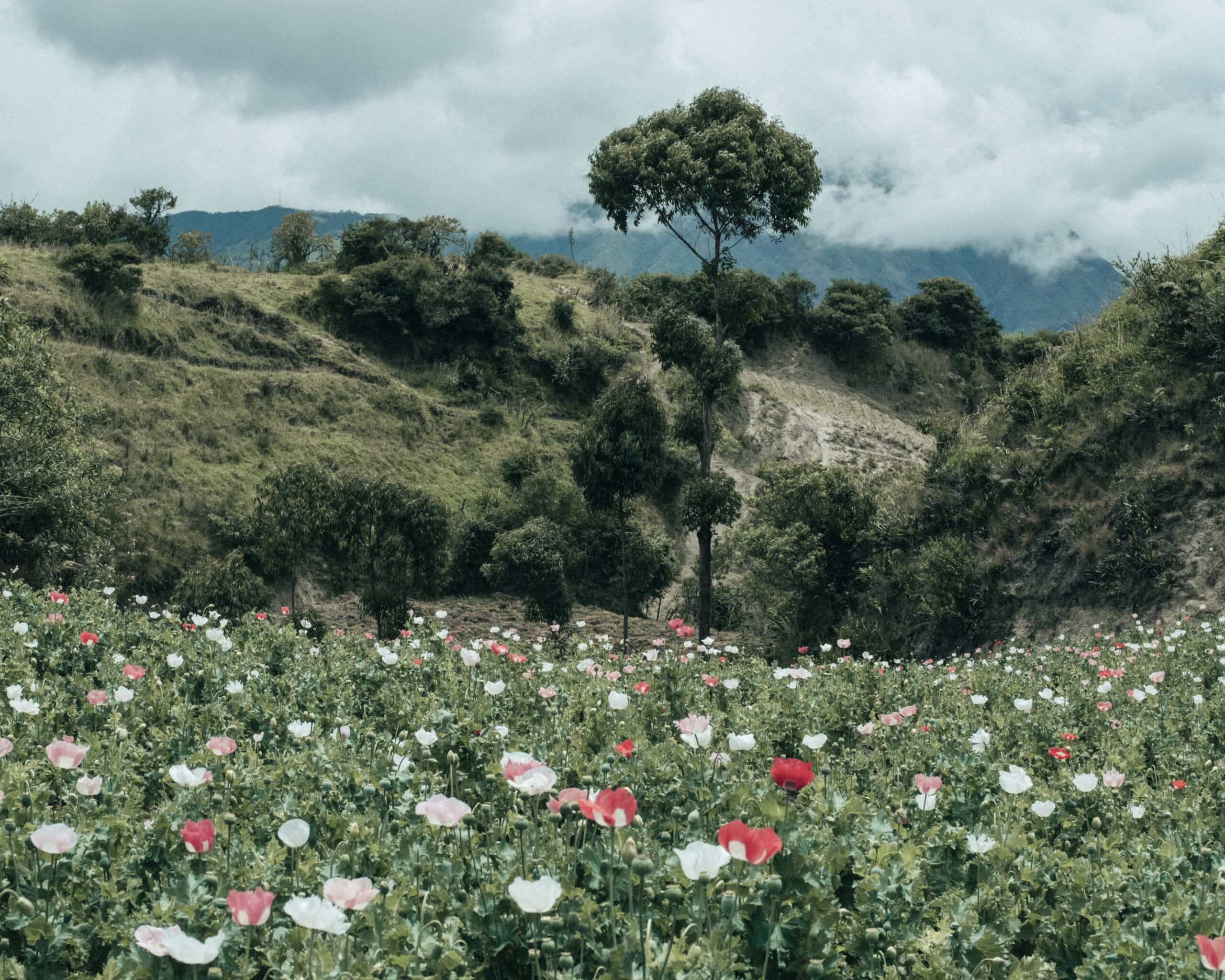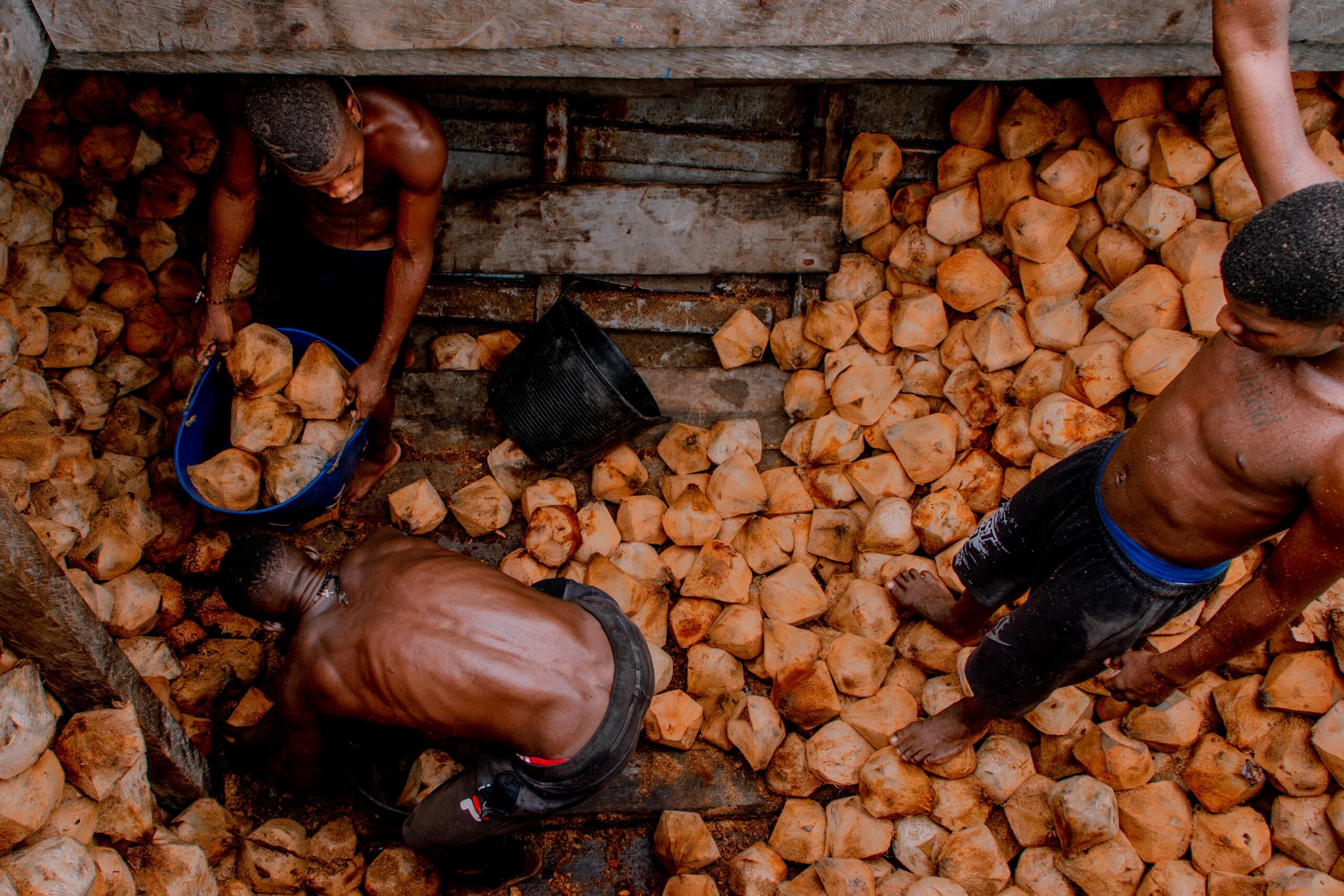
Photography and War, a Destructive Relationship
Photography plays a fundamental role in the political, historical, and cultural instrument of war narration, but even so, it is a tool; we must not forget this. Its active participation in wartime practices also holds the potential for counter-hegemonic resistance, for the production and publication of images that go against the construction of the idea of what war should be.
By Maíra Gamarra
At the moment I begin writing this text, I receive the terrible news of the Israeli bombing of Al-Ahli Hospital in Gaza, which occurred on October 17, 2023. This is not just one more piece of news from the past few days about the war between Israel and Palestine; it is one of the largest, cruelest, and deadliest attacks since the beginning of the conflicts that have spanned over seven decades of violence, violations, and impunity following the colonization and apartheid regime imposed by the State of Israel on the Palestinian people.
Along with the news come the images. Wars generate an immense number of images from both sides, including photos and videos from amateurs and professionals, photographers, journalists, videographers, as well as from civilians and affected populations, showing, denouncing, and making the events visible. Unlike in the past, the technological devices available today allow us to access news at a speed never seen before, and it is not just the quality of the images that interests us; now, we also crave the immediacy of the news and the raw information revealed to us.
Photography has accompanied wars from their beginnings, and its role has been crucial in narrating these events. Furthermore, it has been a faithful accomplice in legitimizing the violence and the colonial and imperial power represented by these onslaughts.
The power and importance of photography in narrating events, whether catastrophic or not, is indisputable, especially in these times when we are living in the so-called era of images. There is no major event that is not seen through photographs, videos, and other graphic media. Digital technologies are becoming faster and more accessible every day and are specialists in generating the need for visual consumption. We no longer live without seeing images.
Photography has accompanied wars from their inception, and its role has been crucial in the narration of these events. Not only that, it has been a loyal accomplice in legitimizing the violence and the colonial and imperial power that these attacks represent. Wars and photography mutually reinforce each other in an agreement that involves many hands. Wars are a demonstration of power, and photographs also serve this purpose. It is not their sole purpose, obviously, but their participation and responsibility in constructing the war narrative and its power cannot be denied.
This is not a new discussion, but it remains necessary in the face of the perpetuation of harmful photographic and media practices in conflict coverage: objectifying and dehumanizing vulnerable people, reinforcing prejudices (religious or otherwise) and racism against different populations (in this case, Arabs), distortions and lies about Palestinian resistance to colonization, partial narratives, and half-truths repeated in corporate media and on social networks to silence war crimes, justify assisted, sensationalized, and authorized genocide.
In contrast, the media and technological development of our times allow us to access diverse content, information, and sources, even in real-time, which highlights the partisan and catastrophic nature of mainstream media. There is a systematic bombardment of news and war images, and media manipulation is increasingly difficult to ignore. Hegemonic media have a stake in this massacre, and their stake is power, control, profit, and the Israeli imperial state, supported by the governments of the United States and other countries that also have their own interests at play. So, what we have seen spreading is under the control of the same actors responsible for the tragedy. And when it is no longer possible to hide the atrocities, when the violence is as extensive and significant as what we have seen in recent weeks, and concealment or justification is no longer sustainable, the tone changes. It changes without excuses, without shame, without hesitation. But let’s not deceive ourselves; the tone is chosen for some with much greater weight than for others.
I repeat, none of this is new, but let us remember that the bias of global press and the role of photography in wartime contexts are always important. War reporting editorial policies cover up the necropolitics and violence of imperialist countries. These institutions contribute to the construction of narratives that benefit certain political forces, as we already know. This serves to emphasize the need to seek multiple sources, alternative media, different voices and perspectives, verify information and data, in other words, to have an active role in receiving and questioning these contents.
In this context, it is also important to mention the individual collaboration of countless people responsible for making these images and discourses reach us. Here, we are talking about politicians, businessmen, directors, CEOs, but also journalists, editors, photographers, videographers, and so on. News is constructed by many hands, and many professionals are involved in this chain; all of them bear responsibility for the stories that are disseminated. It is a complex web of forces that come together to make the dissemination of colonial, racist, dehumanizing, and repugnant ideas and ideals possible. We must not forget this.
There is no more room for ignorance. When we speak so broadly and say “the press,” “the media,” or “photography,” we are making a generalization in terms of an institutional machinery that is part of a giant structure, which is part of a neoliberal system that we already know very well. But we must be cautious of the lack of personalization, which contributes to the mass production of images and practices that fuel war, its imagery, and its codes, because when “everyone” is wrong, no one is penalized, no one is blamed in this superstructure.
Responsibility should not be abstract. We are talking about trained professionals (at least technically) who repeat orthodox models and practices daily that maintain and reproduce a visual production system that generates the material that will be distributed and feed the media and military industry. What we mostly see circulating are photographs that contribute to maintaining specific visual codes that reinforce a biased and stereotypical representation of war, presenting it as a destructive but grandiose and even seductive force (an almost Hollywood-like image). Coverage of conflicts generates a high demand for media consumption, and the images generate curiosity and desire in the audience.
Photography has accompanied wars since their inception, and its role has been fundamental in the narration of these events. Not only that, it has been a loyal accomplice in legitimizing the violence and the colonial and imperial power that these attacks represent.
The photographer, curator, and art historian Julian Stallabrass, in an interview with the Brazilian historian Erika Zerwes about his book “Killing for show – Photography, war and the media in Vietnam and Iraq” (2020), says:
“War photographers have long had an essentially generic character, and there are aspects of life in the military — or what cannons do to buildings, or how civilians act under bombardment or try to escape from it, or the appearance of the dead and wounded, or how soldiers pose with weapons — that change little. […] Part of this familiarity can be disappointing, as was the case with photojournalists seeking echoes of Vietnam in Iraq, with their circumstances so different, when visual similarity conceals profound differences in photographic technology, military operations, and political and social circumstances.”
Stallabrass, in his book, talks about the effects of neoliberalism on the media, politics, and the armed forces, their resources to perpetuate an ideologically distorted and intensely naturalistic view of war, supported by the rapid and intense circulation of material between photojournalism, television, film, and digital games, creating images that are almost interchangeable in their function but effective in conveying their message and captivating the public.
Photography as a social and cultural practice goes beyond the image; that means our ways of producing, circulating, seeing, and consuming images have been established socially, politically, and ethically within the same neoliberal system that ultimately benefits from it. The countless sad, brutal, heartbreaking, and touching images we have seen are not enough to end wars. The rhetoric of the need to continue covering conflicts and recording this history of violence from harmful formulas and practices contaminated and supported by the same system that creates them is brutal, cruel, and no longer sustainable. The hegemony of sectarian representation in political and military propaganda is no longer sustainable. The media that have repeatedly shown us the horrors and destruction in Palestine and Israel in recent weeks are the same ones that have concealed decades of systematic and orchestrated violence against Palestinians and taught us how to view them, dehumanizing and blaming them.
Photography plays a fundamental role in the political, historical, and cultural instrument of war narration, but it is also a tool, and we must not forget this. Its active participation in wartime practices also holds the potential for counter-hegemonic resistance, for the production and publication of images that go against the construction of the idea of what war should be. These are the images we need to see and circulate, and yes, they already exist, but where do we find them?


